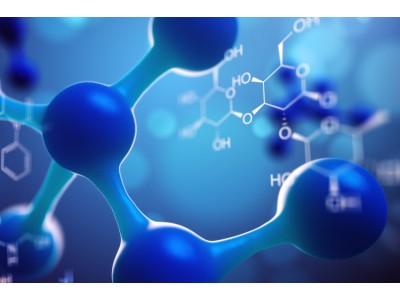| Bioactivity | Olivetol is a naturally phenol found in lichens and produced by certain insects, acting as a competitive inhibitor of the cannabinoid receptors CB1 and CB2[3]. Olivetol also inhibits CYP2C19 and CYP2D6 activity, with IC50s of 15.3 μM, 7.21 μM and Kis of 2.71 μM, 2.87 μM, respectively[1][2]. |
| Invitro | Olivetol inhibits the (S)-mephenytoin 4'-hydroxylase activity of CYP2C19 activity with an IC50 of 15.3 μM and a Ki of 2.71 μM[1]. Olivetol also inhibits AMMC O-demethylase activity of recombinant CYP2D6 with an IC50 of 7.21 μM and a Ki of 2.87 μM[2].Olivetol is a competitive inhibitor of the cannabinoid receptors CB1 and CB2[3]. |
| Name | Olivetol |
| CAS | 500-66-3 |
| Formula | C11H16O2 |
| Molar Mass | 180.24 |
| Appearance | Solid |
| Transport | Room temperature in continental US; may vary elsewhere. |
| Storage | 4°C, stored under nitrogen *In solvent : -80°C, 6 months; -20°C, 1 month (stored under nitrogen) |
| Reference | [1]. Jiang R, et al. Cannabidiol is a potent inhibitor of the catalytic activity of cytochrome P450 2C19. Drug Metab Pharmacokinet. 2013;28(4):332-8. [2]. Yamaori S, et al. Cannabidiol, a major phytocannabinoid, as a potent atypical inhibitor for CYP2D6. Drug Metab Dispos. 2011 Nov;39(11):2049-56. [3]. James J. Carberry , et al. Composition of Olivetol and Method of Use to Reduce or Inhibit the Effects of Tetrahydrocannabinol in the Human Body. US20170143644A1 |
